The workshop: Laney Amplification
A guided tour of the British amp builder's Custom Shop
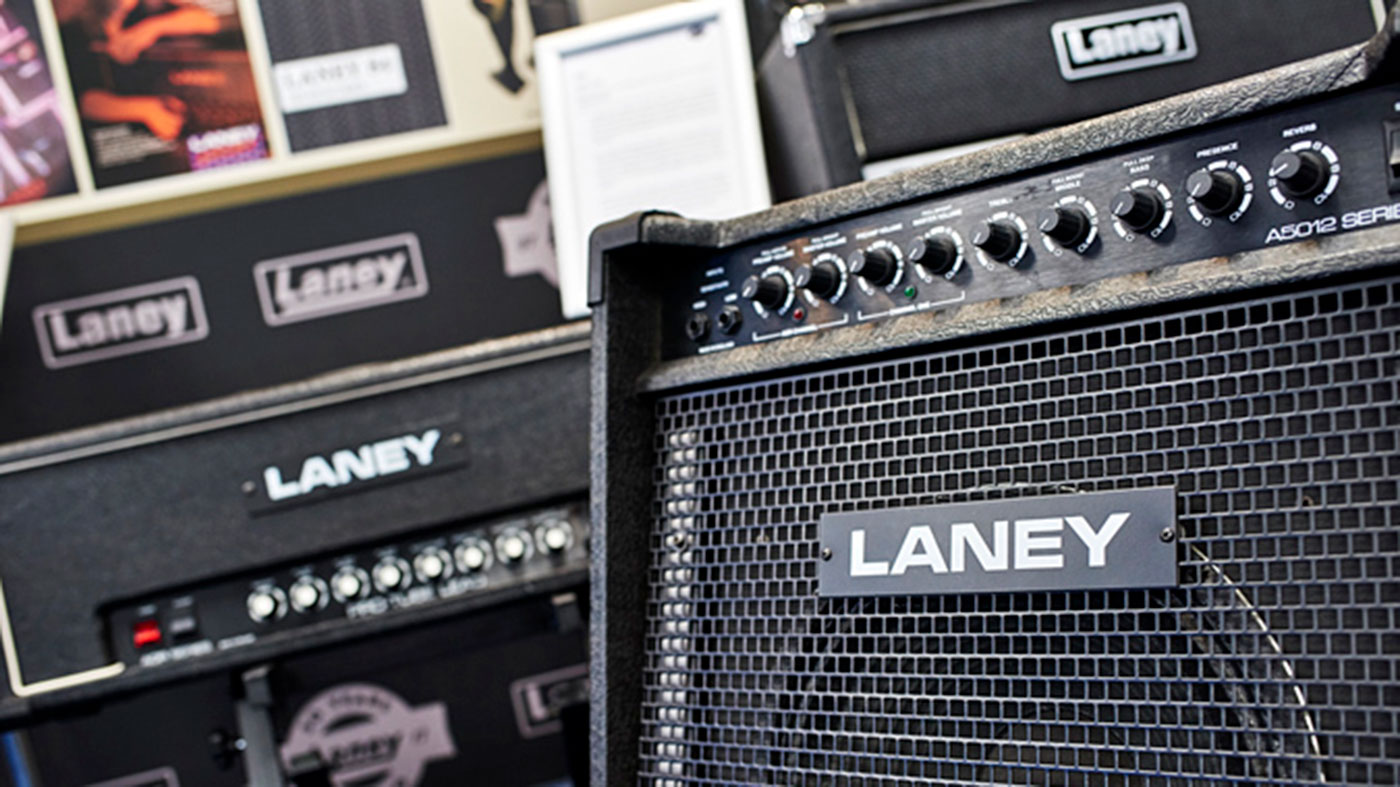
Who could resist an invitation to look around Laney’s Custom Shop, visit its in-house museum and chat about the entire range of this celebrated British amp manufacturer with its brand ambassador and chief demonstrator, Lee Wrathe? We certainly couldn’t…
Laney Amplification blazed its way into music history 51 years ago, around the same time that (fellow Black Countrymen) Black Sabbath were formulating their plans for the creation of heavy metal. Tony Iommi, of course, would go on to be one of the brand’s principal exponents as riffmeister supreme. But a lot has changed since those heady days of heavy riffs. Today, funk, blues, jazz and country players alike are strutting their stuff with a Laney amp in their backline.
Although there is that wonderful legacy of rock and metal in the Laney timeline, it certainly doesn’t sum them up
Our guide is Lee Wrathe, whose fleet-fingered video demos ensure that Laney enthusiasts worldwide are kept up to date with every new development and addition to the line.
“There’s a timeline on the wall in the museum we’re in, and you can see all the different types of players that have used the amps over the years, and they’re not all rock and metal players,” he says. “An example would be Cory Wong from Vulfpeck, who are taking the world by storm, and it’s modern-day funk. There’s no distortion whatsoever in their sound. So yes, although I think there is that wonderful legacy of rock and metal in the Laney timeline, it certainly doesn’t sum them up, and I think that’s something that we’ve just not been very good at telling everybody about, really. It’s been quietly progressive.”
One of the highlights of our visit is being granted access to Laney’s Custom Shop, aka Black Country Customs. “The chaps and chapesses in there are working on handwiring the LA30BLs,” Lee continues. “They came out last year following a diagram that Lyndon Laney found of a 30-watt amp he was working on at a similar time to the LA100 and going, ‘But nobody would want a 30-watt amp…’ because everybody wanted 100 watts. But now people very much do want a 30-watt amp. This is the same place where they put together the Tony Iommi Boost Pedal and any other new thing that might be on the cards. That’s where the magic happens.”
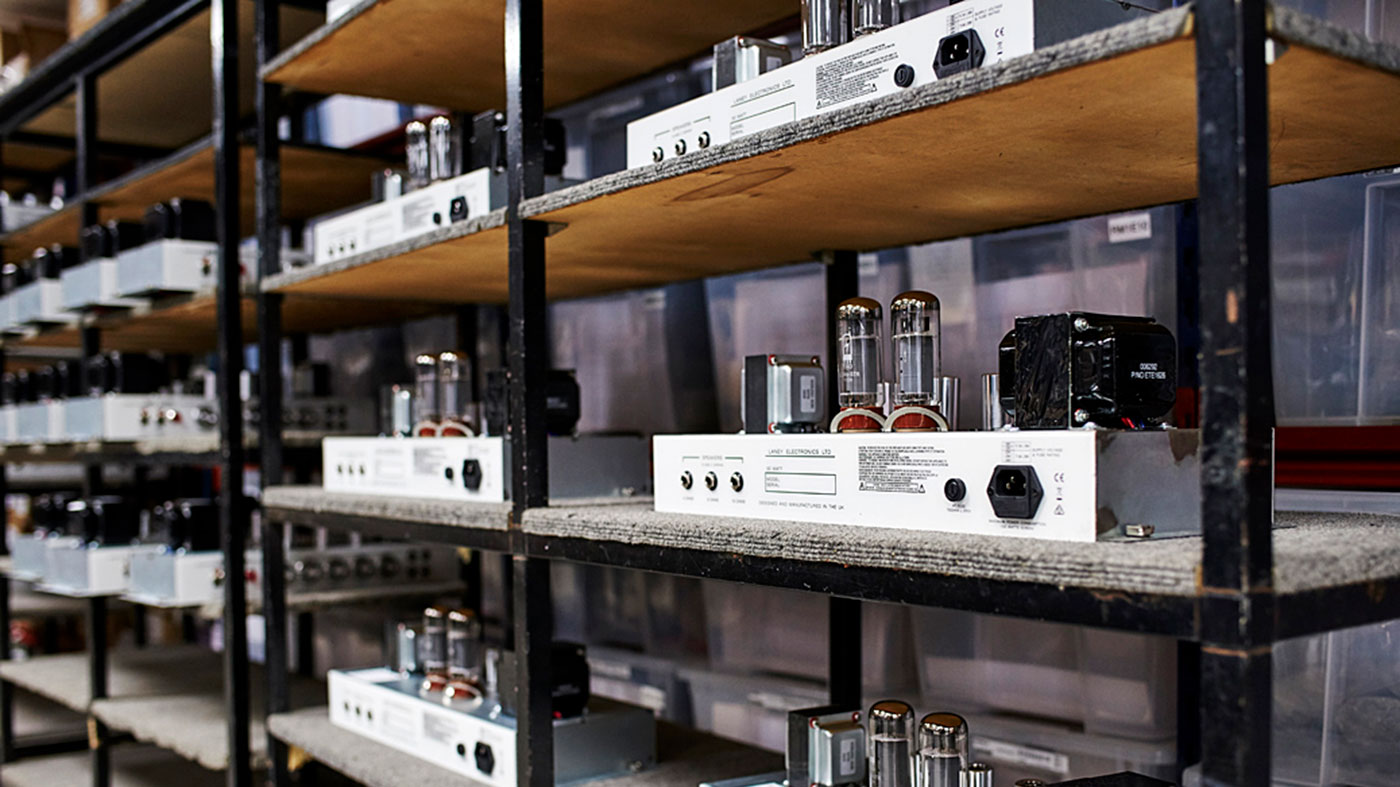
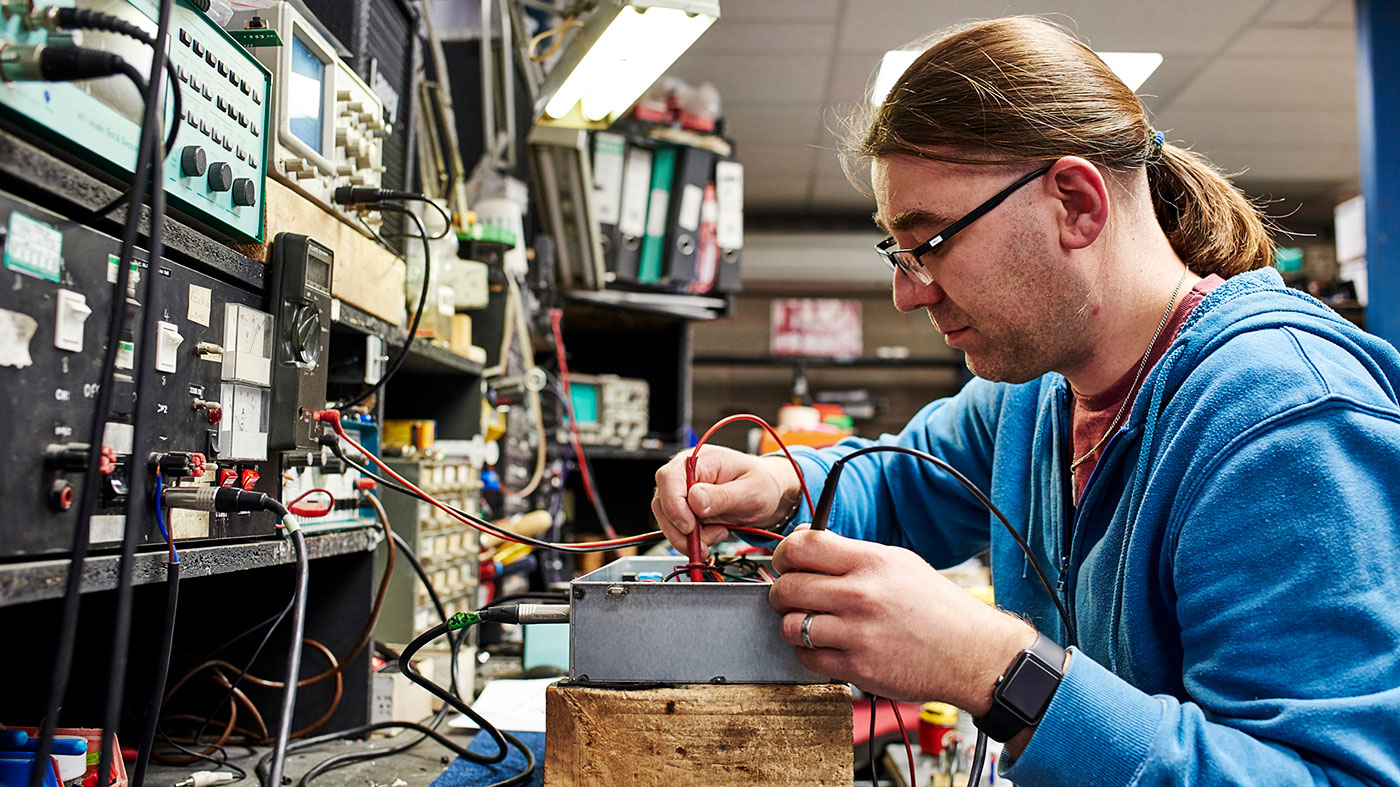
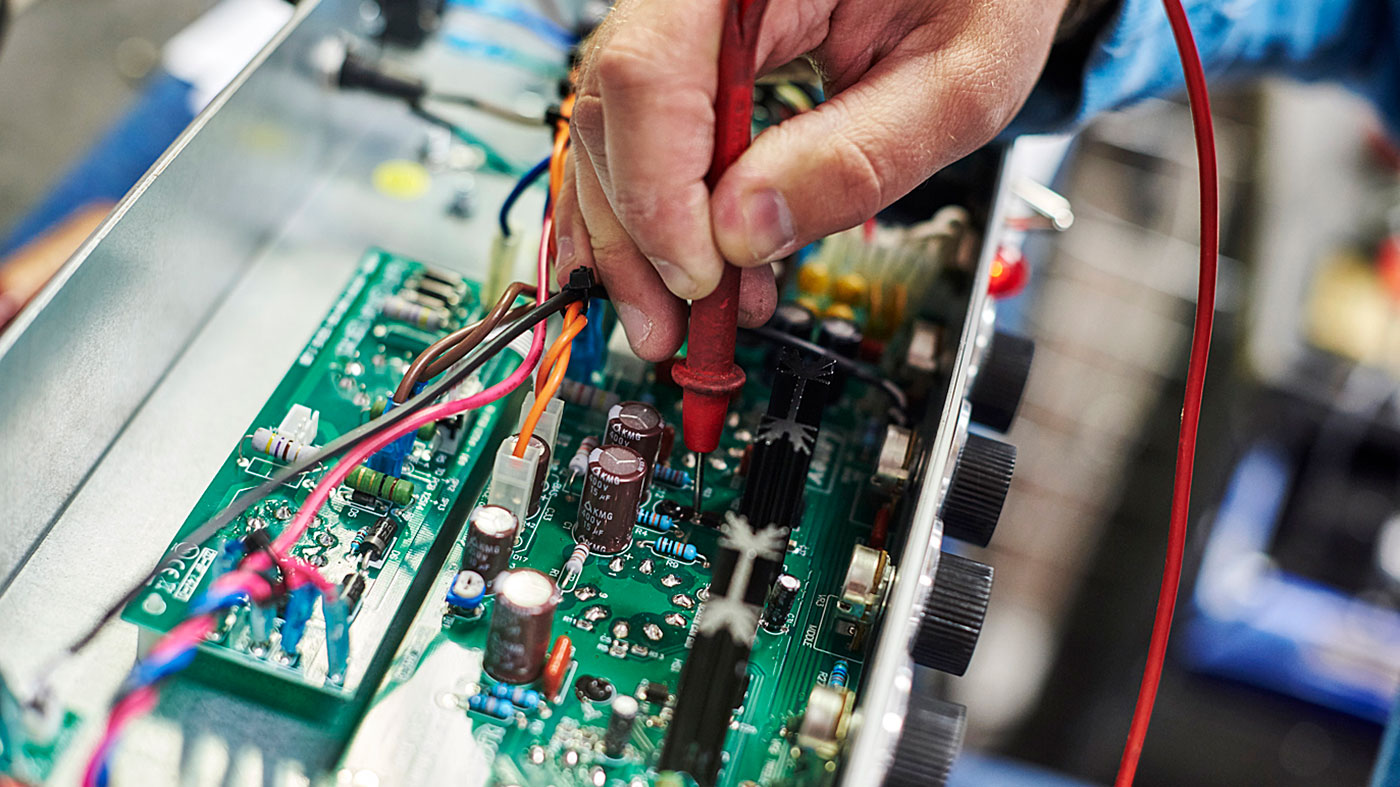
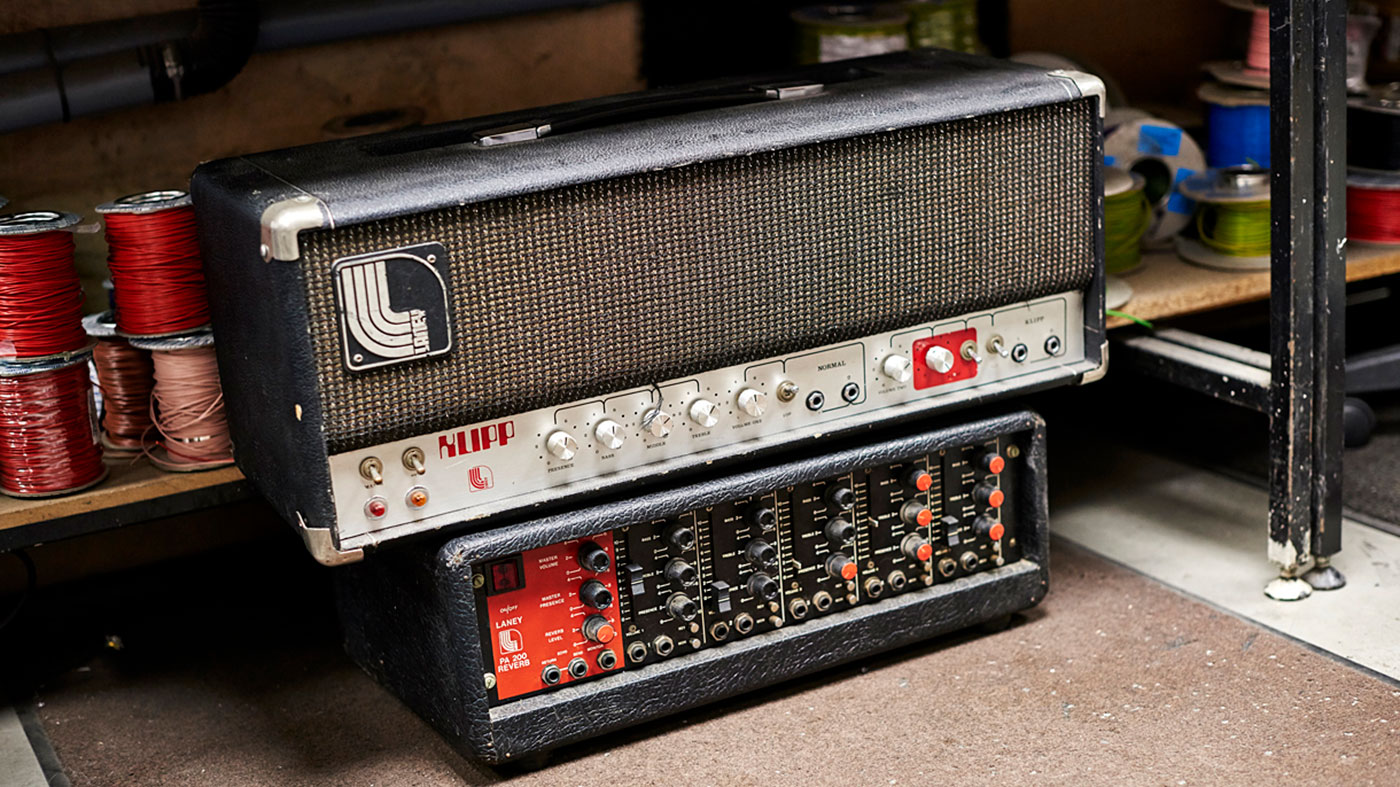
R&D drive
We’re curious as to where the magic begins - how does R&D work at Laney? “Everybody at Laney is allowed to table an idea,” Lee affirms. “It’s really open. Any one of us could give an idea in and it would be tabled - they would consider it. There are obviously working groups that decide what’s going to go ahead, and then the design process starts. You’ve got some very traditional techniques that you are looking at in Black Country Customs. Hand-soldered stuff. But the design process itself is very modern.
“There’s a team of R&D people and when I say ‘team’, it’s a small team, who make some of our fantasies come true. A great example of that is the Laney Mini, which is a little tiny desktop amp, for practice and backstage. It’s also a bluetooth speaker and all kinds of stuff like that. Getting that to talk to Android and iOS devices takes a different skill set than, ‘This is an EL34, and when you put a 12AX7 in front of it, this is the sound you get.’”
Want all the hottest music and gear news, reviews, deals, features and more, direct to your inbox? Sign up here.
There’s a team of R&D people and when I say ‘team’, it’s a small team, who make some of our fantasies come true
Moving up from the Mini, we ask Lee to give us a brief outline of the rest of the current Laney range, beginning with The Cub. “The Cub range is small, portable, affordable, simple, vintage-sounding amplifiers. They’re great for people who have never used a valve amp before, from an ease-of-use perspective. They’re incredibly durable as well. All of the amps are put on a soak test. Those valves, if they’re not going to break within 24 hours of being soak tested, it’s unlikely that they’re going to fail for quite some time.”
Next in line is the Lionheart: “Our boutique-looking, boutique-sounding amps. Glorious clean channel, twin-channel amps. That’s a single-ended Class A amplifier. A really great pedal platform: effects loop, Celestion speaker. On the 2x12 version they’ve actually got two different Celestion speakers in them, which, when you come to record, is fab because you can mix and match between the two. How much of the Celestion G12 you want and vice versa - all that sort of stuff. They’re super popular with our jazz, country and funk players. All the amps feature an overall tone control. You get your usual three-band or four-band EQ, and after that entire chain of stuff there is a tone control that works like the tone control on your guitar.
“That means you could be in a rehearsal space or at the soundcheck of a gig when the room is empty. You’ve dialled in the perfect EQ, everything is great. Then the room fills up, and all of a sudden your amp sounds a bit bright or it sounds a bit dull, and you’re like, ‘Well, I don’t want to fiddle with that three-band EQ.’ You’ve just got the overall tone control. You can simply just darken or brighten it up.”
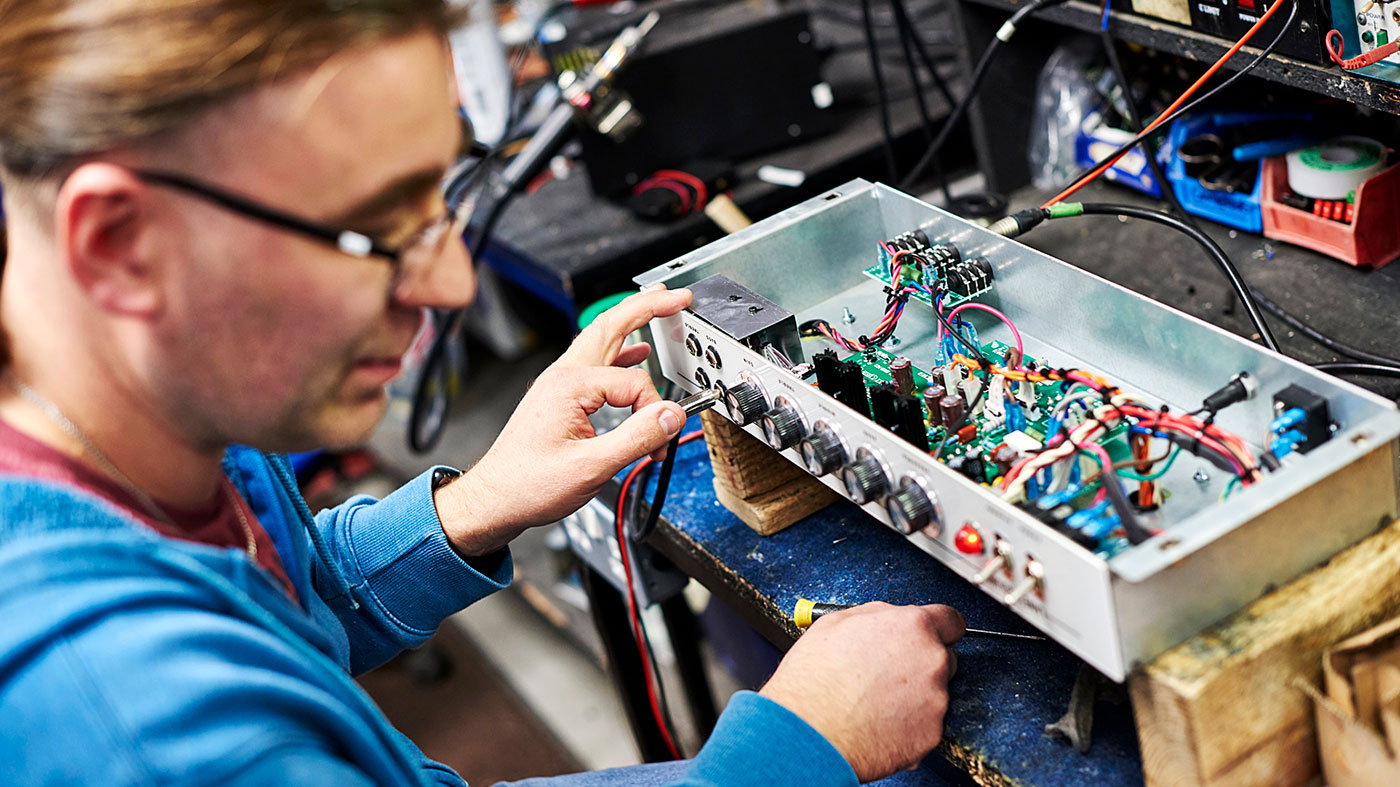
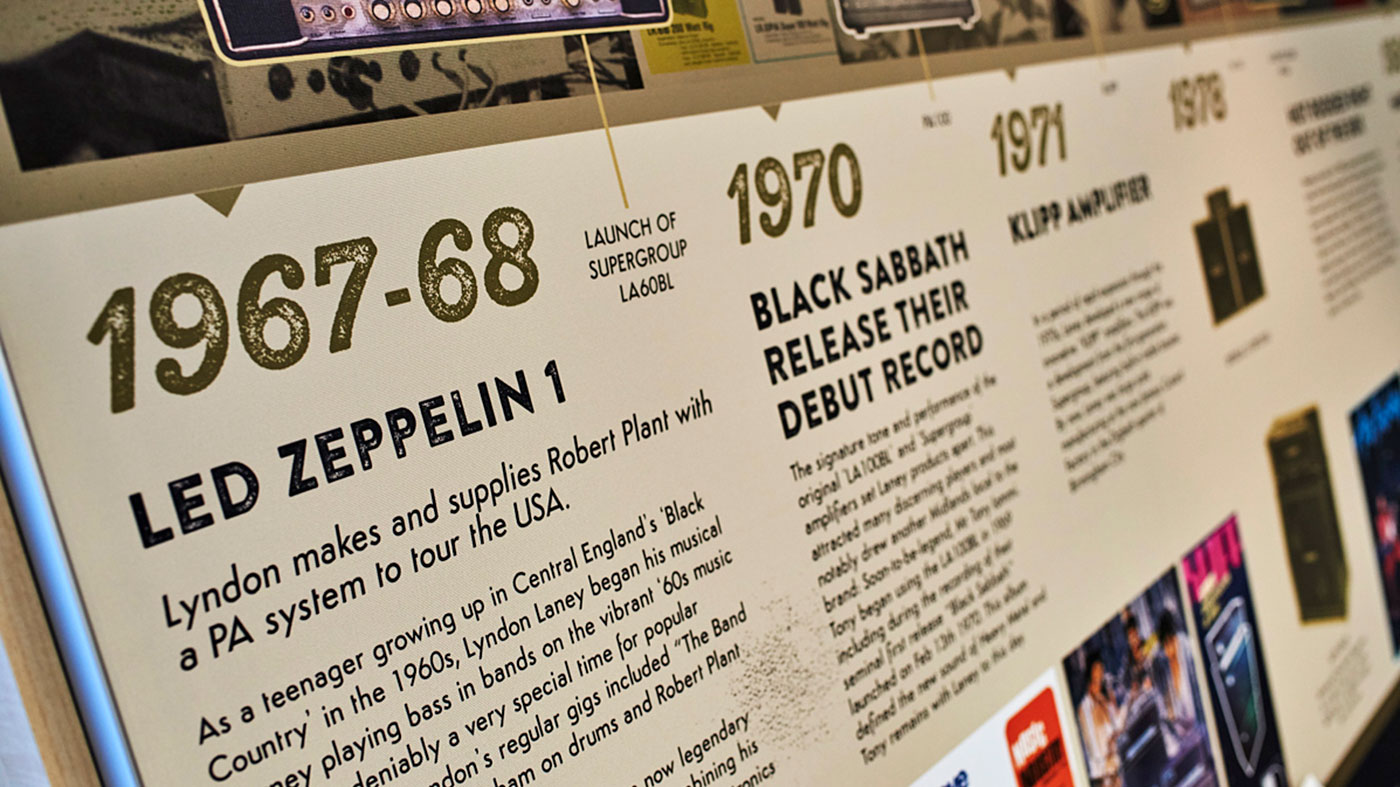

GHR-reat
Laney’s GHR amps give players control over both pre- and power amp distortion, allowing them to dial in as much of each as they wish. “Basically how amps used to be,” says Lee. “If you want them to break up you just turn them right up and get the power valves just giving you everything. Then you’ve also got the 80s Eddie Van Halen preamp stuff. Somewhere in-between there is going to be the perfect sound for you.”
The GHRs will handle virtually any music style you can throw at them, but if metal is your thing, then perhaps the Ironhearts are more your style. “The fire-breathing one,” says Lee. “That’s the one that most people would associate with metal, but it is probably the most versatile amplifier that we make of the standard range. Triple-channel, so you’ve got clean, rhythm and lead. The clean channel has bags of headroom; it’s so, so clean. A lot of people are starting to use it for funk.
We’re always looking at the cutting-edge stuff. Being quietly progressive - although I’d hope less quiet now
“It almost sounds like a direct signal to a desk, which makes it great for pedals. All three channels have got this ability. They’ve got a pre-boost built in. So if you were playing a country song and you wanted to kick in a solo, you could just hit the pre-boost.”
Laney is aware that today’s musicians are tech-savvy and so a desktop version of the Ironheart, the IRT-Studio, has been created to suit their needs. “It’s a 60-watt valve amp, which has a USB out - we call it ‘Tube to USB’ or ‘T-USB’,” Lee explains. “We’re trying to retain that heritage of valves and that wonderful real valve amp tone, but also give people the ability to use it in a modern way. The right channel would be a completely dry signal, and the left channel, out of the USB, is the sound of the amp. Let’s say you create the most perfect take ever. ‘I’m never going to be able to recreate that. I’m a genius!’ Then you listen back and think, ‘The tone was terrible, though.’ Well, you can reamp it. You can send that dry signal back into the amp and twiddle with the dials until you find the perfect tone.”
The innovations from Laney continue. “We’re always looking at the cutting-edge stuff,” says Lee. “Being quietly progressive - although I’d hope less quiet now. We’re starting to tell people what we do. We’ve got a new YouTube channel - something we just haven’t done before, and we’re being quite interactive on that. We’re not just going, ‘Here is an advert.’ We’re trying to talk to people.
“A great example of that is a campaign called ‘Reampathon’ to allow people to send us their dry guitar signals. Then we would reamp them into anything we had here, whether that was a prototype amp or one of the amps from the museum from back at the beginning of the Laney legacy. And that’s something we still do.”

